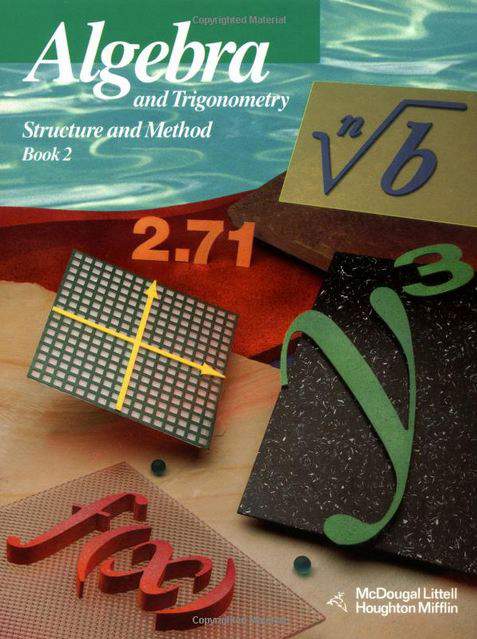Connecting...

This is a quick preview of the lesson. For full access, please Log In or Sign up.
For more information, please see full course syllabus of Algebra 2
For more information, please see full course syllabus of Algebra 2
Algebra 2 Solving Quadratic Equations by Graphing
Lecture Description
There are multiple ways of solving quadratic equations, and in this lecture we'll learn how to solve them by graphing. We will use the standard form of a quadratic equation to graph it, so the first step is to make sure your equation is in the standard form. The solutions of a quadratic equation are also called roots, or the x-intercepts. There could be 0, 1, or 2 real solutions. Sometimes it's hard to get an exact solution, so we often use estimation. If a root is not an integer, estimate the root by stating the two consecutive integers it lies between.
Bookmark & Share
Embed
Share this knowledge with your friends!
Copy & Paste this embed code into your website’s HTML
Please ensure that your website editor is in text mode when you paste the code.(In Wordpress, the mode button is on the top right corner.)
×
Since this lesson is not free, only the preview will appear on your website.
- - Allow users to view the embedded video in full-size.
Next Lecture
Previous Lecture









































 Carleen Eaton
Carleen Eaton Grant Fraser
Grant Fraser
 Answer Engine
Answer Engine



0 answers
Post by Dominick Juarez on July 16, 2018
how do you find the increasing decreasing values
2 answers
Last reply by: Jose Gonzalez-Gigato
Fri Jan 27, 2012 10:11 AM
Post by Jose Gonzalez-Gigato on November 30, 2011
While Example III has indeed no real number solutions, I believe the correct vertex is (- 1/2, 1 3/4).